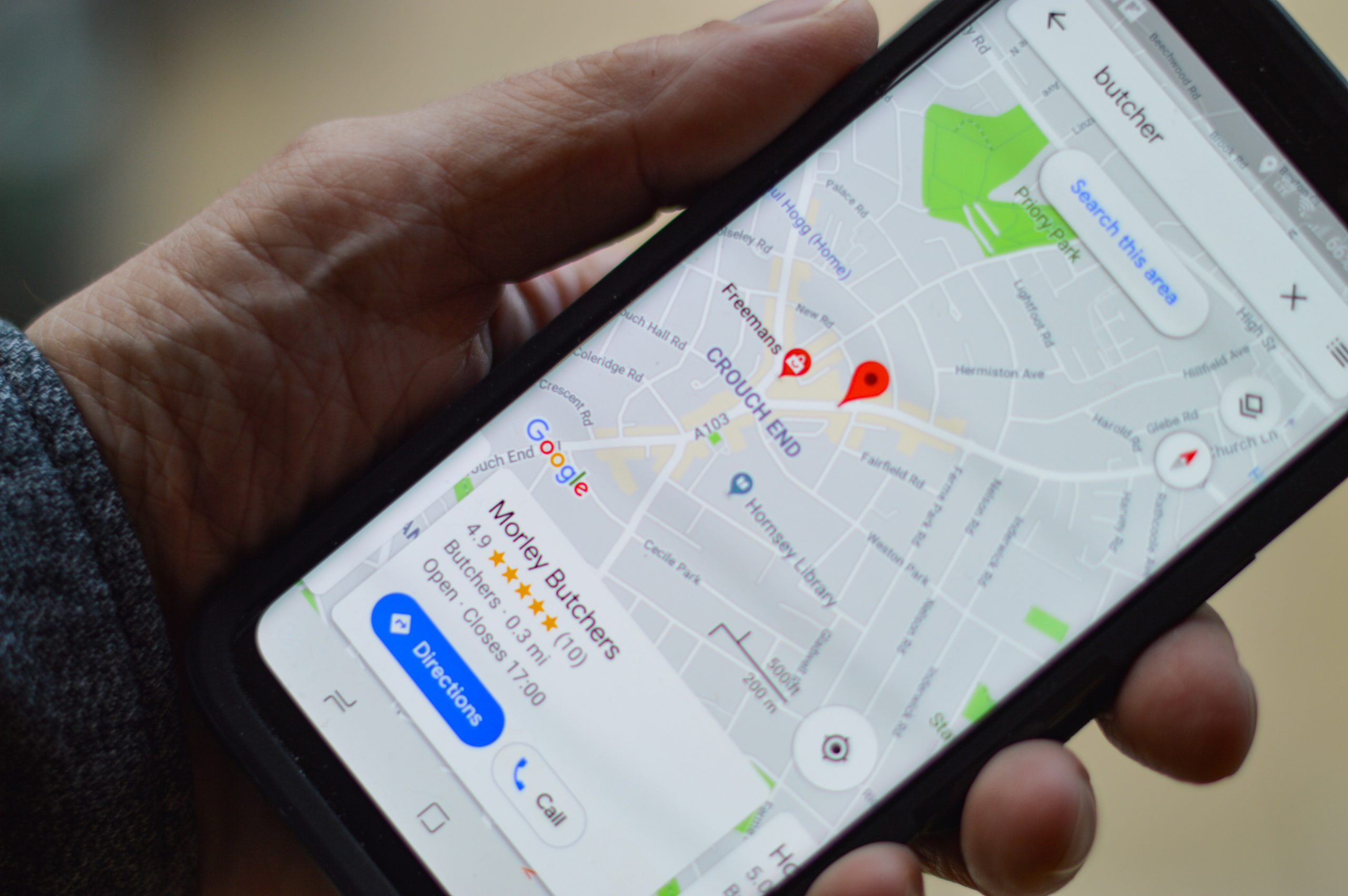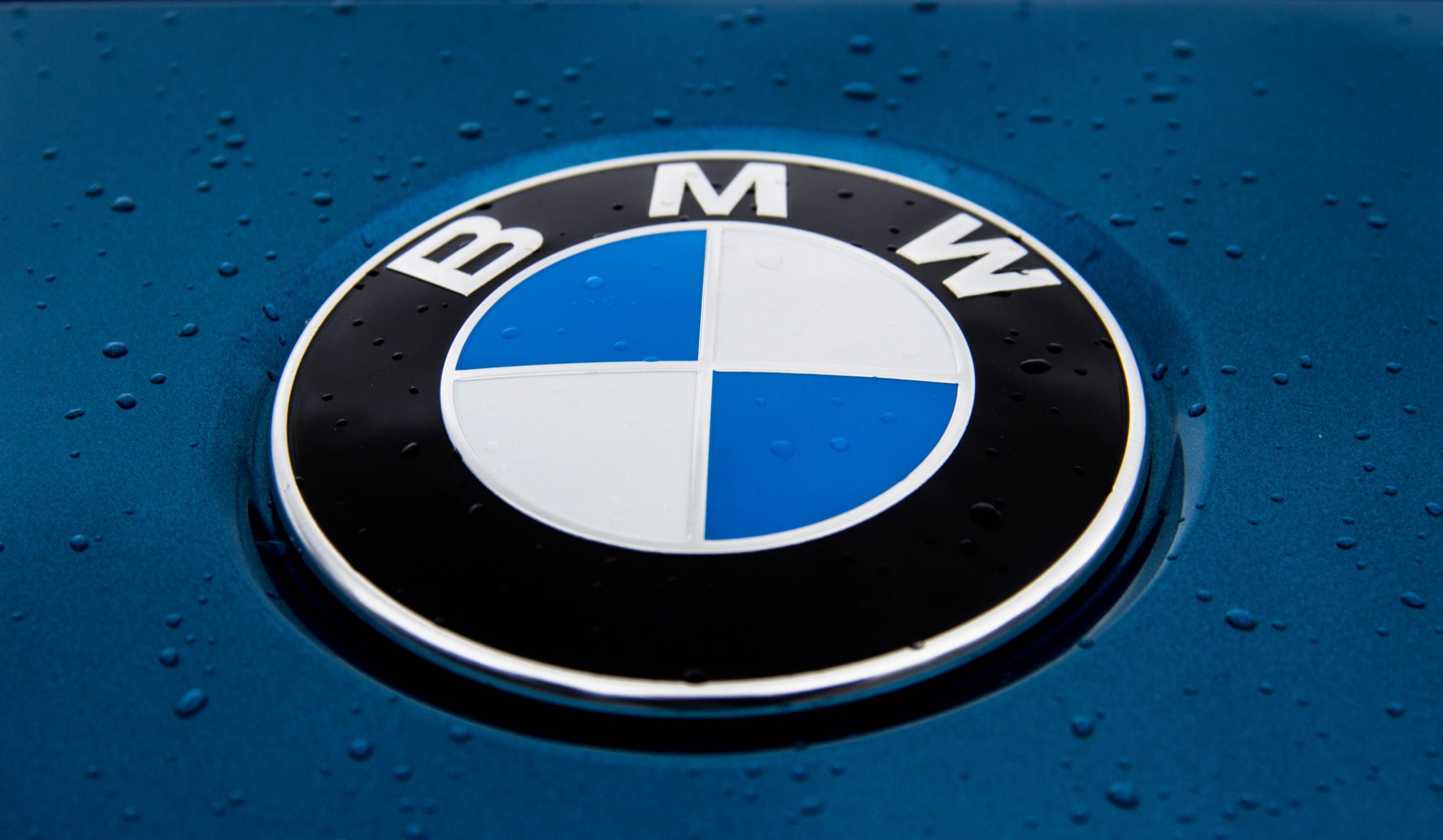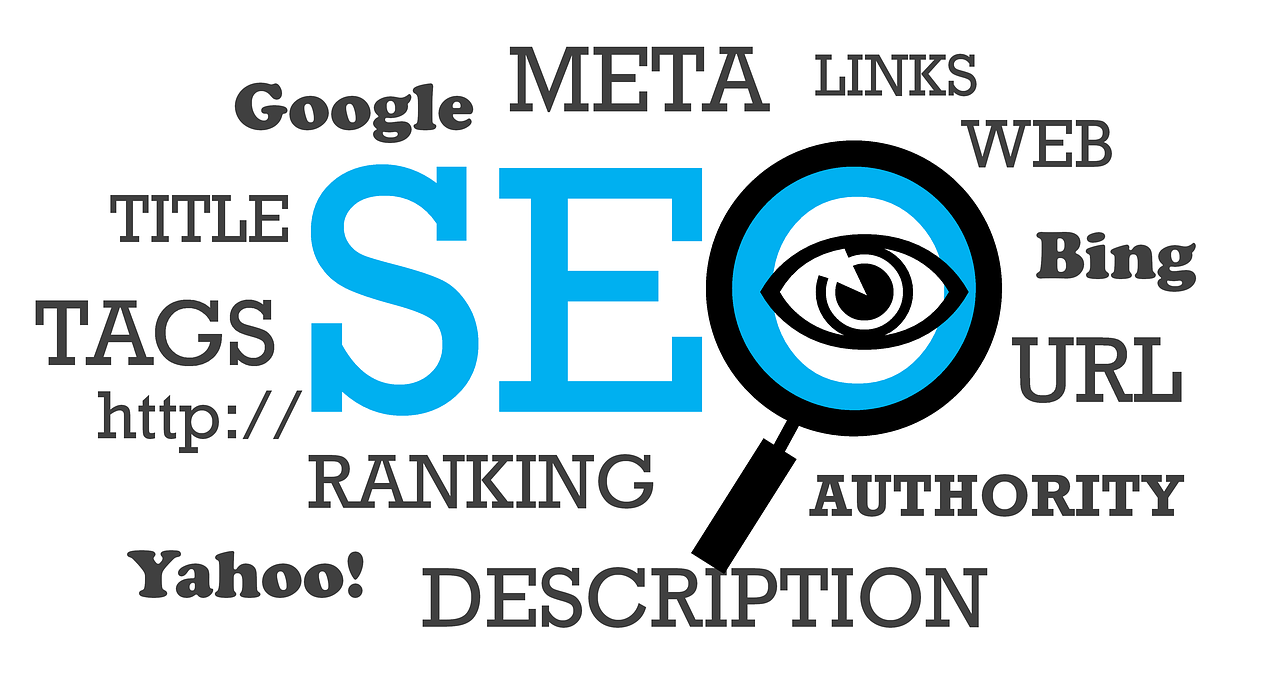GOOGLE ADS MANAGEMENT
ALL SERVICES- GRAPHIC DESIGN & BRANDING
➥ WEBSITE DESIGN TORONTO
➥ TORONTO LOGO DESIGN
➥ BROCHURE GRAPHIC DESIGN
➥ INFOGRAPHIC DESIGN
➥ BUSINESS CARD DESIGN
➥ PACKAGE DESIGN TORONTO
➥ ILLUSTRATION DESIGN
➥ ADVERTISING POSTER DESIGN
➥ BRANDING STRATEGY & SERVICES- ➤ VIEW ALL SERVICES
WEB DEVELOPMENT & SUPPORT
➥ CUSTOM WEB DESIGN TORONTO
➥ ECOMMERCE WEBSITE DESIGN TORONTO
➥ WEBSITE MAINTENANCE SERVICES
➥ SHOPIFY WEBSITE DESIGN
➥ SHOPIFY EXPERTS TORONTO
➥ WORDPRESS DEVELOPMENT
➥ WORDPRESS MAINTENANCE- ➤ VIEW ALL SERVICES
WEBSITE MARKETING & CONTENT
➥ SEO PACKAGES TORONTO
➥ TORONTO SOCIAL MEDIA AGENCY
➥ CONTENT MARKETING TORONTO
➥ PPC MANAGEMENT TORONTO
➥ AFFILIATE MARKETING CANADA
➥ STRATEGIC CONSULTATION- ➤ VIEW ALL SERVICES
ABOUT
RESOURCES- LET’S CHAT
Questions? Call us at
647-348-4995

GOOGLE ADS MANAGEMENT
ALL SERVICES- GRAPHIC DESIGN & BRANDING
➥ WEBSITE DESIGN TORONTO
➥ TORONTO LOGO DESIGN
➥ BROCHURE GRAPHIC DESIGN
➥ INFOGRAPHIC DESIGN
➥ BUSINESS CARD DESIGN
➥ PACKAGE DESIGN TORONTO
➥ ILLUSTRATION DESIGN
➥ ADVERTISING POSTER DESIGN
➥ BRANDING STRATEGY & SERVICES- ➤ VIEW ALL SERVICES
WEB DEVELOPMENT & SUPPORT
➥ CUSTOM WEB DESIGN TORONTO
➥ ECOMMERCE WEBSITE DESIGN TORONTO
➥ WEBSITE MAINTENANCE SERVICES
➥ SHOPIFY WEBSITE DESIGN
➥ SHOPIFY EXPERTS TORONTO
➥ WORDPRESS DEVELOPMENT
➥ WORDPRESS MAINTENANCE- ➤ VIEW ALL SERVICES
WEBSITE MARKETING & CONTENT
➥ SEO PACKAGES TORONTO
➥ TORONTO SOCIAL MEDIA AGENCY
➥ CONTENT MARKETING TORONTO
➥ PPC MANAGEMENT TORONTO
➥ AFFILIATE MARKETING CANADA
➥ STRATEGIC CONSULTATION- ➤ VIEW ALL SERVICES
ABOUT
RESOURCES- LET’S CHAT
Questions? Call us at
647-348-4995

GOOGLE ADS MANAGEMENT
ALL SERVICES- GRAPHIC DESIGN & BRANDING
➥ WEBSITE DESIGN TORONTO
➥ TORONTO LOGO DESIGN
➥ BROCHURE GRAPHIC DESIGN
➥ INFOGRAPHIC DESIGN
➥ BUSINESS CARD DESIGN
➥ PACKAGE DESIGN TORONTO
➥ ILLUSTRATION DESIGN
➥ ADVERTISING POSTER DESIGN
➥ BRANDING STRATEGY & SERVICES- ➤ VIEW ALL SERVICES
WEB DEVELOPMENT & SUPPORT
➥ CUSTOM WEB DESIGN TORONTO
➥ ECOMMERCE WEBSITE DESIGN TORONTO
➥ WEBSITE MAINTENANCE SERVICES
➥ SHOPIFY WEBSITE DESIGN
➥ SHOPIFY EXPERTS TORONTO
➥ WORDPRESS DEVELOPMENT
➥ WORDPRESS MAINTENANCE- ➤ VIEW ALL SERVICES
WEBSITE MARKETING & CONTENT
➥ SEO PACKAGES TORONTO
➥ TORONTO SOCIAL MEDIA AGENCY
➥ CONTENT MARKETING TORONTO
➥ PPC MANAGEMENT TORONTO
➥ AFFILIATE MARKETING CANADA
➥ STRATEGIC CONSULTATION- ➤ VIEW ALL SERVICES
ABOUT
RESOURCES- LET’S CHAT
Questions? Call us at
647-348-4995

GOOGLE ADS MANAGEMENT
ALL SERVICES- GRAPHIC DESIGN & BRANDING
➥ WEBSITE DESIGN TORONTO
➥ TORONTO LOGO DESIGN
➥ BROCHURE GRAPHIC DESIGN
➥ INFOGRAPHIC DESIGN
➥ BUSINESS CARD DESIGN
➥ PACKAGE DESIGN TORONTO
➥ ILLUSTRATION DESIGN
➥ ADVERTISING POSTER DESIGN
➥ BRANDING STRATEGY & SERVICES- ➤ VIEW ALL SERVICES
WEB DEVELOPMENT & SUPPORT
➥ CUSTOM WEB DESIGN TORONTO
➥ ECOMMERCE WEBSITE DESIGN TORONTO
➥ WEBSITE MAINTENANCE SERVICES
➥ SHOPIFY WEBSITE DESIGN
➥ SHOPIFY EXPERTS TORONTO
➥ WORDPRESS DEVELOPMENT
➥ WORDPRESS MAINTENANCE- ➤ VIEW ALL SERVICES
WEBSITE MARKETING & CONTENT
➥ SEO PACKAGES TORONTO
➥ TORONTO SOCIAL MEDIA AGENCY
➥ CONTENT MARKETING TORONTO
➥ PPC MANAGEMENT TORONTO
➥ AFFILIATE MARKETING CANADA
➥ STRATEGIC CONSULTATION- ➤ VIEW ALL SERVICES
ABOUT
RESOURCES- LET’S CHAT
Questions? Call us at
647-348-4995
![]()
![]()
![]()
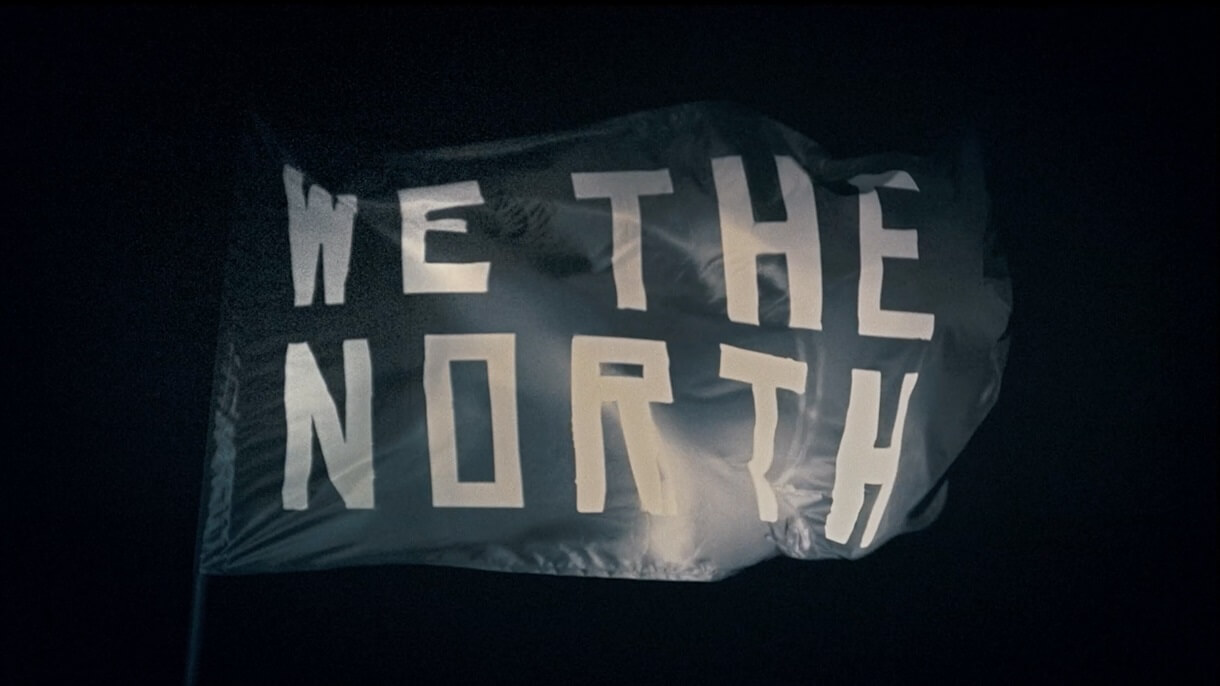
- June 4, 2025
-
 Jack Choros
Jack Choros
We The North was officially unveiled as the Toronto Raptors’ new slogan before the start of the NBA playoffs in April of 2014. Over a decade later, ‘We The North’ remains one of the most iconic brand slogans in sports. Fans still chant it at games, wear it on merch, and rep it across social media and the shared passion of an entire country witnessing their team raising the Larry O’Brien Trophy by winning Game 6 against the Golden State Warriors this past in June. Since Kawhi Leonard’s historic 2019 run, the Raptors have focused on player development and long-term team culture, with standouts like Pascal Siakam, Scottie Barnes, and others leading the charge into a new era.
Before We the North
The Toronto Raptors came into being way back in 1994 alongside the Vancouver Grizzlies. The unveiling of the team’s name and logo happened during a 30-minute television special. A video that played prior to the press conference featured something mysterious looking through tropical plants making its way to Toronto. It was the trademark red Raptors dinosaur. An old clip of the press conference shows kids with painted faces wearing brand new Raptors gear as one of the youngest owners in NBA history, John Bitove (he was 33 in 1994), answered questions from CTV news reporter Rod Black, who today reports live from games and occasionally fills in doing colour commentary for the team.
Knowing that today the Toronto Raptors’ franchise value is listed at over $1.8 billion making it the most valuable sports franchise in Canada, thanks to the team’s championship run and a mega television deal between the NBA and Disney that saw the values of all NBA franchises balloon a few years ago, looking back creates feelings of both nostalgia and pride at how far the franchise has come, both as a brand and a team.
Still, the early days of the Raptors’ branding efforts mimicked what a lot of other teams in the league were doing. Give your franchise a ferocious team name, make the branding look fierce and colourful, make the mascot playful and lovable, and watch the brand loyalty build over time. While the lean times in Toronto seem like distant memories at the moment, anybody who thinks this strategy worked well for the Raptors needs to talk to basketball fans in Vancouver.
Why the Vancouver Grizzlies Came and Went
Unlike the Toronto Raptors, who are about to celebrate the team’s 25th season in the NBA, the Vancouver Grizzlies didn’t make it through their first decade before the team moved down south and became the Memphis Grizzlies.
There were several reasons for this. For one, over 17,000 fans per game showed up during the team’s first season, but within the next two years that number dropped to below 14,000 fans per game. It also didn’t help that the basketball operations department never received the first pick in the NBA draft despite the fact the franchise was a perennial basement dweller and thus much more likely to get a top pick. Today fans who watched that first draft back in 1995 can only wonder what would have been. The team drafted Shareef Abdur-Rahim with the third pick overall. He did a good job as the team’s franchise player no doubt, but stars like proud Canadian Steve Nash, a two-time MVP, Kobe Bryant, a future Hall of Famer and five-time NBA champion, and Ray Allen, one of the greatest scores of all time and also an NBA champion, were all selected after the fact and had much better careers in the long run.
The team’s branding and marketing didn’t help. Teal, brown black and red just didn’t work together and although the grizzly bear is synonymous with British Columbia’s Rocky Mountains, the ferocious logo + lovable mascot approach just didn’t resonate. There would be no claiming of territory or battle cry, and no reason to hang on to what was. The team vacated Vancouver in 2001. Still, it wasn’t until 2014 that the Raptors rebranded, and it wasn’t even the team’s sudden playoff relevance on the court that year that prompted the re-brand. Believe it or not, the driving force behind the Raptors rebrand was the beautiful game of football. We’re talking soccer, not the NFL.
The Bloody Big Deal
The commercial starts out with soccer fans all over England spitting out there drinks in disbelief after reading that former Tottenham Hotspurs striker Jermaine Dafoe was leaving the English Premier League behind to continue his career with Major League Soccer’s Toronto FC. The messaging behind the commercial was unapologetic. It was Maple Leaf Sports and Entertainment’s way of saying ‘we won’t apologize for embracing a sport other than hockey’.
It was this commercial that inspired Toronto-based marketing and advertising agency Sid Lee to come up with the rallying cry We The North.
But it wasn’t just the creative directors at the advertising agency that made it happen. Then CEO of MLSE Tim Leiweke certainly helped. Leiweke joined the company in 2013 and stayed less than three years before venturing off to start his own investment group called Oak View Group. Prior to coming to Toronto, he was CEO of Anschutz Entertainment Group, the company that owns the Los Angeles Lakers, Los Angeles Kings and the LA Galaxy. He played an integral role in helping both the Lakers and the Kings position themselves for championships and in helping bring world renowned soccer star David Beckham to Los Angeles. That track record of success convinced MLSE Chairman Larry Tannenbaum that Leiweke was a true leader and more importantly, somebody that was willing to take chances and make bold moves.
As soon as he got to Toronto, Leiweke brought back Masai Ujiri (previously a scout for the Raptors and then General Manager of the Denver Nuggets), after Ujiri had garnered praise around the NBA for trading then disgruntled superstar Carmelo Anthony to the New York Knicks in a move that saw the Nuggets positioned for a brighter future while the team that clearly got the best player in the deal plummeted into obscurity despite being in one of the world’s largest economic markets, New York.
The Rudy Gay Trade
On December 9, 2013, Ujiri traded scorer Rudy Gay to the Sacramento Kings in a deal that was supposed to position the Toronto Raptors to strengthen their brand, but not because of a savvy marketing campaign like We the North. It was because the move by Ujiri and the Raptors organization was seen as an attempt to tear everything down and give the club a better chance to land the number one overall pick in the upcoming NBA Entry Draft. The projected top pick that year was none other than Mississauga, Ontario’s own Andrew Wiggins.
While Ujiri was in the media reminding Raptors fans that the move wasn’t an attempt to throw away the season, many fans and pundits alike believed that he was merely saving face at a time when the NBA was facing heavy criticism. While most big market teams were gearing up to win an NBA championship, many small market teams were throwing in the towel to try and win the draft lottery. Even now in 2024, that’s still a common trend in the league.
Fortunately for the Raptors, what was supposed to be a teardown season ended with newly acquired players like Greivis Vasquez, John Salmons, Patrick Patterson and Chuck Hayes sparking an unexpected chemistry with DeMar DeRozan, Kyle Lowry and the other Raptors that remained. The team’s momentum sparked a rally in the second half of the season and led to an opening round playoff matchup against the Brooklyn Nets.
It was in the opening montage before Game 1 of that round that the We the North slogan was revealed to the masses for the very first time.
We the North Is Born
Tim Leiweke credits Shannon Hosford, current Chief Marketing Officer at MLSE, with jumping on the slogan quickly. But it was Tom Koukodimos, a managing partner at Sid Lee who co-conceived the slogan with his colleagues. Koukodimos understood that the Raptors wanted to get away from the idea of having a ferocious animal and cute mascot represent the brand. Both the team and the ad agency realized that there were many teams in the NBA and across sports following that exact formula.
Everybody involved was so adamant about changing things that the team even briefly discussed changing the name from the Raptors to the Toronto Huskies. The name Huskies was meant to pay homage to Toronto’s original professional basketball team that was a proud member of the NBA back in the days of hockey’s original six. While the club does honour the Huskies name on special nights and with a specially designed court donning the trademark blue and white design Toronto’s first professional basketball franchise from time to time, that particular rebranding idea didn’t stick. Nobody thought it would solve the challenge of just being another animal-named team.
Instead, Koukodimos, creative director Jeffrey da Silva and executives at MLSE decided to go against the grain, coming up with a new logo to accompany a new war cry that would take things to another level. Instead of trying to emulate the social and cultural undertones of American society, the Raptors decided to go with a rebranding strategy that promoted an ‘us vs. them mentality’. It was the organization’s way of highlighting Canada’s multiculturalism and more importantly about tearing down the idea that the Great White North is a nothing but an icy cold, friendly metropolis that players love to visit but never want to move to.
It was with all these ideas in mind that the new logo featuring the marks of a Raptor’s claw ripping through a basketball (the only logo in the league with an underlying aggressive tone to it) that the new Raptors’ attitude was born.
The Brand and the Team Reaches New Heights
Just two weeks after President Masai Ujiri proclaimed “F— Brooklyn” during a pregame rally outside the Scotiabank Arena, the Brooklyn Nets ended the Raptors season in a Game 7 that saw star point guard Kyle Lowry get stuffed at the buzzer on a potential game-winning drive to the hoop. After many failed attempts to reach the pinnacle of basketball over the next number of years, the Raptors finally made it to the summit last summer.
In order to do that, the team had to part ways with its franchise player DeMar DeRozan, the only American-born superstar who was ever fully committed to remaining a Toronto Raptor for life. The trade sent DeRozan to the San Antonio Spurs in exchange for Kawhi Leonard, a player considered by many to be the best in the league.
Leonard has since moved on to playing for his hometown team of course, but not before delivering Toronto its first NBA title and being named the Bill Russell award winner as the Finals MVP.
Fortunately as far as the We the North campaign being adopted by Raptors fans is concerned, it didn’t take nearly as long to ascend to the top of the branding and marketing peak. Just weeks after the campaign was revealed to the public. Koukodomis spotted a fan at a McDonald’s restaurant with the words We the North on a hat. The hats weren’t for sale yet. The fan stitched the lettering on the it himself.
Today, the power of the ‘We The North’ brand is amplified by AI-powered social listening tools and predictive engagement. MLSE uses machine learning models to measure sentiment, track real-time campaign traction, and personalize fan engagement across platforms like Instagram, TikTok, and Threads
That was it. That was the moment that the Raptors decided to buck trying to fit in with the nuances of America’s basketball culture and be the brand that represents Canada’s own sense of basketball pride. Today, not only are the Raptors the defending NBA champions. The brand is strong and carries with it a loyal following. The same loyal following that saw 2.5 million people lined the streets of Toronto during the championship parade. The same loyal following that watched the team’s first ever press conference in 1994, and the same loyal following that allows We The North to continually push through all the noise online and on social media that sees today’s trending topics become tomorrow’s old news.
Ten years later, ‘We The North‘ is more than just a slogan—it’s a case study in modern branding. From organic virality to AI-enhanced audience targeting, it represents how a sports franchise can shape national identity while staying ahead of digital trends.
*Photo courtesy of Sid Lee

Jack has been in the internet marketing space for 10 years. He enjoys writing and watching the Toronto Raptors.
RECENT POSTS
- SCAM ALERT: How a Fake Google Ads Inquiry Nearly Got Us (And How to Protect Yourself)
- Google My Business: 9 Tips to Ensure Your GMB profile Stands Out in the Map Pack
- 8 Outdated Logo Design Trends That Are Making Your Business Look Bad
- How We the North Became the Toronto Raptors’ Rallying Cry
- Is A Dedicated IP For SEO A Myth Or Reality? – 13 Experts Weigh In

Ready to chat about how Little Dragon Media can enhance your business?
Call us now at 647-348-4995 or

OUR AWARDS & CERTIFICATIONS






WHAT OUR CLIENTS ARE SAYING



Little Dragon Media's professionalism and commitment to delivering excellence are truly commendable. I highly recommend their services... Thank you for your stellar work!
- Delna Bharucha

Little Dragon Media worked on developing our logo and website. They did an absolutely AMAZING job on both projects. These guys ROCK and you won't be disappointed.
- Sonia Nutt

My team had a great experience working with Little Dragon Media. We will certainly engage with Little Dragon Media for any additional projects in the future. Highly recommend!
- Carly Rooney



- 682A St-Clair West Toronto, ON M6C 1B1
- (647)-348-4995
- info@littledragon.ca
MOST POPULAR SERVICES
RECENT POSTS
GET MORE CLIENTS
Don't let your competitors take over. We'll help you climb to the top and get more clients.
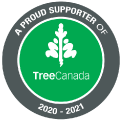


- 682A St-Clair West Toronto, ON M6C1B1
- (647)-348-4995
- info@littledragon.ca
MOST POPULAR SERVICES
RECENT POSTS
GET MORE CLIENTS
Don't let your competitors take over. We'll help you climb to the top and get more clients.

Contact | Press Mentions | Privacy Policy | Terms of Service
© 2024 Little Dragon Media. All Rights Reserved.


